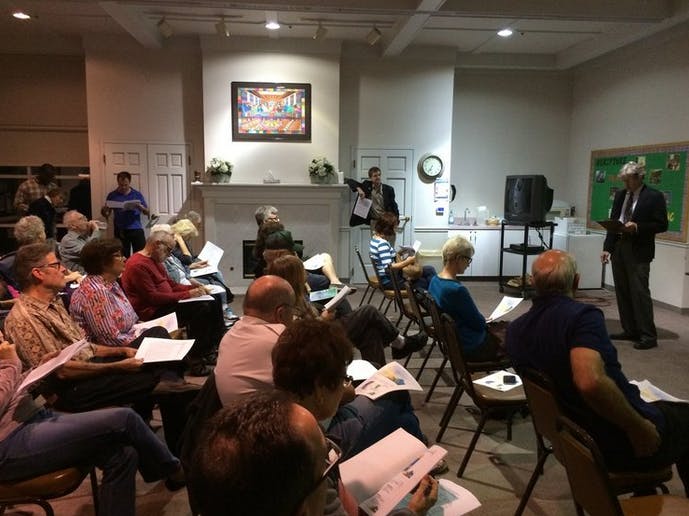Barriers to Incorporation
The process to achieve municipal incorporation is a long, uphill slog. It's made worse by a state policy set that is, frankly, hostile towards new municipalities. Besides, it is longstanding public policy to protect the status quo no matter what. It has been 10 years since California's last city was formed and the policy environment for new cities is bleak. The statewide coalition of unincorporated communities, California (un)Incorporated, has approached the Legislature with a number of suggestions on how to make the process more reasonable and less expensive. They have urged specific reforms - involving Vehicle License Fund (VLF) property tax revenues, CEQA exemption, and sensible revenue neutrality (alimony) payments - aimed at leveling the playing field such that new incorporations may become possible again.
Residents might seek municipal incorporation because they are unhappy with the quality of service delivery and view the county government as too remote to effectively address community issues. In contrast, cities hone in on local issues. After incorporation, the new city focus on improving the quality of infrastructure, sustainability of the local economy, and enhancing levels of community services, including local law enforcement, public art and cultural venues, fire protection, water delivery, sewers, waste disposal, libraries and community centers, parks and recreation, sidewalks and streets. These actions have a direct positive impact on the quality of life for residents. In addition, with available land restricted by city limits, land-use patterns tend to become denser.
Besides enabling a new generation of residents to pursue the democratic benefits and additional community empowerment of local self-government, allowing for city formation also advances several state growth policy objectives - such as preventing sprawl into agricultural lands, wildfire defense, greenhouse gas emission reductions, and compact growth.

